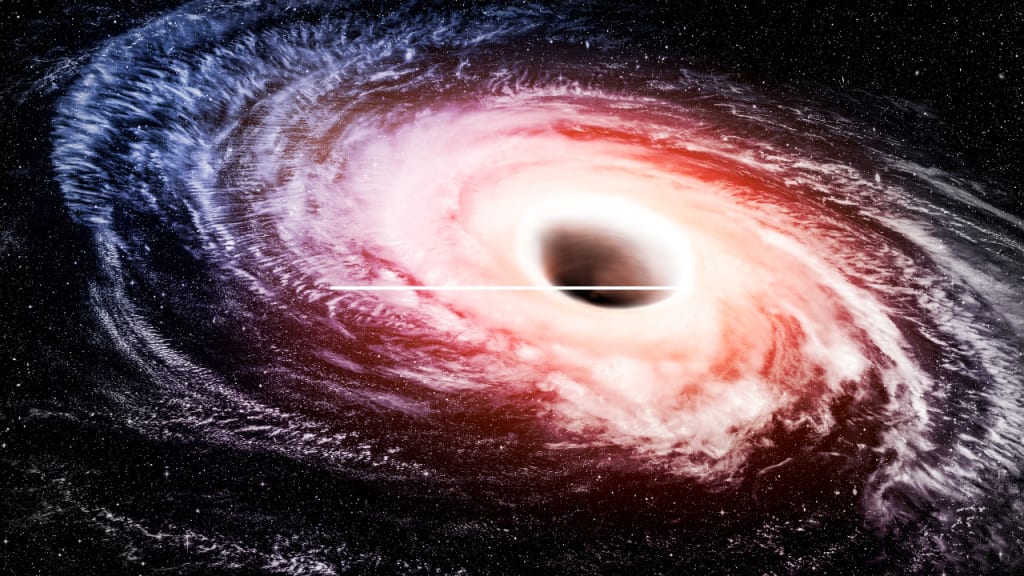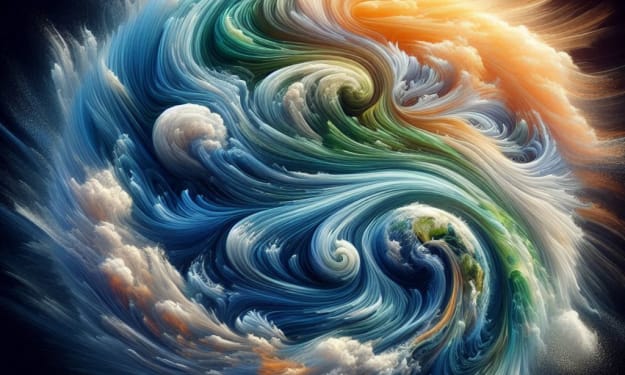Understanding Black Holes: The Most Mysterious Object in the Universe
Clear understanding of Black holes Mysterious Object in the Universe

Black holes are one of the most fascinating and mysterious objects in the universe. They are formed when massive stars collapse under their own gravity, creating region of spacetime with such strong gravitational pull that nothing, not even light, can escape.
Understanding the Concept of Black Holes
Black holes are the result of the most violent deaths of stars, which occur when they run out of fuel and are unable to withstand the gravitational pull of their own mass. When this happens, the star collapses inward and becomes infinitely dense, creating singularity at the center of the black hole. The event horizon is the boundary that marks the point of no return beyond which anything, including light, gets sucked in.
The gravitational pull of black hole is so strong that it warps the fabric of spacetime around it, causing time to slow down and space to curve. It is believed that the center of a black hole contains a singularity, which is point of infinite density where the laws of physics as we know them to break down.
Types of Black Holes
There are three types of black holes: stellar, intermediate, and supermassive. Stellar black holes are formed when star that is at least three times the mass of the sun collapses, creating a singularity. Intermediate black holes are thought to be formed by the merging of several smaller black holes. Supermassive black holes, on the other hand, are found at the center of most galaxies, including our own Milky Way. They are millions or billions of times more massive than the sun.
Observing Black Holes
Black holes are invisible to the naked eye since they do not emit any light or radiation. However, their presence can be inferred from the effect of their gravity on nearby objects. Astronomers can detect black holes by observing their effects on nearby stars and gas. When a star is pulled toward black hole, it accelerates and heats up, emitting X-rays that can be detected by telescopes.
Another way to detect black holes is through gravitational waves, which are ripples in the fabric of spacetime caused by the motion of massive objects. In 2015, the Laser Interferometer Gravitational-Wave Observatory (LIGO) detected gravitational waves for the first time, confirming prediction made by Albert Einstein's theory of general relativity a century earlier. Since then, LIGO and other observatories have detected several more gravitational wave signals, including those caused by the merging of black holes.
Recent Discoveries
In recent years, several groundbreaking discoveries have been made in the study of black holes. In 2019, astronomers captured the first-ever image of black hole, located at the center of the galaxy M87, using network of telescopes around the world called the Event Horizon Telescope. The image showed bright ring of light around a dark, featureless center, providing visual evidence of the existence of black holes.
In 2020, astronomers discovered black hole that is so massive, it challenges our understanding of how they form. The black hole, called LB-1, is 70 times more massive than the sun and was discovered in binary system with companion star. It was previously thought that the maximum size of a stellar black hole was around 20-30 times the mass of the sun, but LB-1's discovery suggests that larger black holes can also form through the merging of smaller ones.
In addition to these discoveries, researchers are also studying the behavior of black holes to better understand their properties. One area of study is the phenomenon of black hole quasars, which are extremely bright objects that are thought to be powered by supermassive black holes at the centers of galaxies. Quasars emit intense radiation that can be detected from billions of light-years away, providing clues about the growth and evolution of black holes and their surrounding environments.
Another area of research is the study of the gravitational waves emitted by black hole mergers. By analyzing the signals from these mergers, scientists can learn more about the properties of black holes, including their masses, spins, and orientations.
The study of black holes is active area of research, with new discoveries and insights being made all the time. As our technology and understanding of the universe continue to advance, we may be able to unlock even more secrets about these enigmatic objects.
The Importance of Studying Black Holes
Studying black holes is not just matter of curiosity or scientific interest; it has practical applications as well. For example, understanding the behavior of black holes can help us better understand the evolution and structure of galaxies. Supermassive black holes are believed to play critical role in shaping the structure and dynamics of galaxies, including the formation of stars and the distribution of gas and dust.
Black holes also provide unique laboratory for studying the laws of physics in extreme conditions. The singularity at the center of a black hole is place where our current understanding of physics breaks down, and new theories may be needed to explain what happens there. By studying black holes, we can test our current theories of physics and explore the possibility of new ones.
Conclusion
Black holes are undoubtedly the most mysterious objects in the universe. They are formed by the most violent events in the universe and have gravitational pull so strong that not even light can escape. Recent discoveries, such as the first-ever image of black hole, have given us new insights into these enigmatic objects. Studying black holes not only helps us understand the universe's structure and evolution, but also challenges our understanding of the laws of physics. As our technology and understanding of the universe continue to advance, we may be able to unlock even more secrets about these fascinating objects.
About the Creator
MD
I am a poet and writer, entwined in passionate embrace with souls of poets, penning love letters to their words.
If you love my poets give a like, leave comments and share them with love. Don't forget to subscribe to my profile.
Thank you!
Enjoyed the story? Support the Creator.
Subscribe for free to receive all their stories in your feed. You could also pledge your support or give them a one-off tip, letting them know you appreciate their work.






Comments
There are no comments for this story
Be the first to respond and start the conversation.